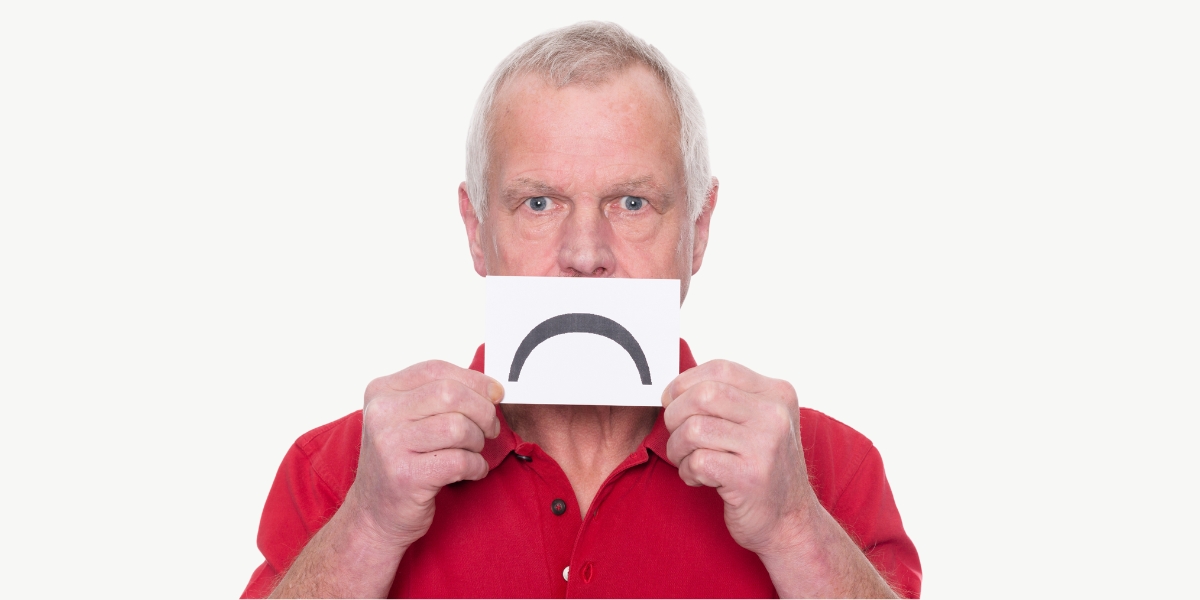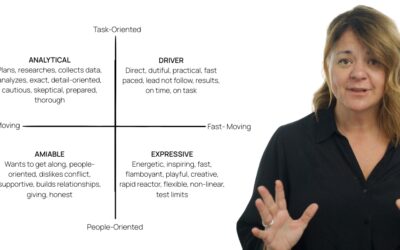You have likely heard the saying “the customer is always right”. This is not a truth, but an attitude that espouses excellent client service. Service excellence must be a holistic approach involving every team member of the hearing clinic.
What is the real cost of unhappy clients?
Although it can be difficult to attribute the actual dollar cost of an unhappy client, we know that dissatisfied customers cost substantially more than just the loss of a sale due to a product they might return. Here are some of the trickle-down effects of how unhappy clients might affect a business and some mind-blowing statistics to illustrate these costs.
Dissatisfied clients can spread negative reviews through social media, online forums, and most importantly, through personal word of mouth recommendations. This can damage a practice’s reputation and deter potential new clients. According to the White House Office of Consumer Affairs, a dissatisfied customer will tell between 9 and 15 people about their experience and 13% of dissatisfied customers tell more than 20 people.
The loss to revenue is highlighted by another study which found that a 2% increase in customer retention has the same effect on a business’ bottom line as decreasing costs by 10%.
To counteract negative publicity and attract new clients, practices may need to invest more in marketing efforts. According to an often-cited paper from Bain & Company, it costs 6 to 7 times more to acquire a new client than to retain an existing one.
Identifying unhappy clients
How do you know a client is unhappy? Ideally, they would tell you when they are on their way to being unhappy, however most won’t. A study from management consultancy Lee Resources found that for every overt customer complaint, there are 26 other unhappy customers who have remained silent!
Here are four warning signs to look out for that should help you read between the lines:
- Frequent comparisons with competitors
- Lack of responsiveness or communication
- Mentioning contractual terms or agreements
- Increased scrutiny or questioning of your work
What to do when a client is unhappy
Once you have identified a suspected unhappy client, handling them correctly is critical to avoid further damage. Here are two tips for handling an unhappy client:
- Maintain a composed and steady demeanor. Be sure to recognize and separate your own emotions from those of the client and remember that an unhappy client’s feedback is not a personal attack on you. Once you make this mental shift, it becomes easier to provide them with support. Stay calm, actively listen, seek clarification and reiterate their concerns, and empathize with their situation. If the complaint is product-related, you should try to empathize and stay on the client’s side and do everything you can to get the problem resolved, rather than defending the product or supplier.
- Offer solutions! Mistakes happen, so be prepared to provide viable solutions based on the situation and involve your supervisor if necessary. Can you expedite this client’s appointment, accommodate them at the end of the day or after hours, or offer complimentary services such as batteries or perhaps a home visit? Some clinics even provide apology gift cards in cases of significant errors on their part, like appointment or scheduling delays or mix-ups.
Minimizing client dissatisfaction is essential for the long-term success of a hearing healthcare practice. Clinics that have excellent customer service are often effortlessly busy and successful.
Excellence in client service is a holistic trait clinic trait, so if you have front office professionals who are new to hearing care, then check out our online training program – Front Office Training: Essentials where we dive deeper into customer service excellence.
If you found this blog helpful, please share it on social media!




